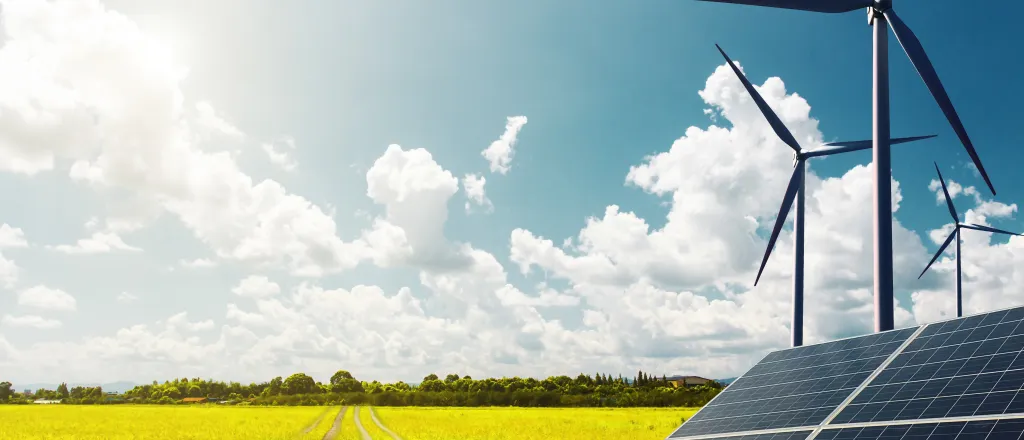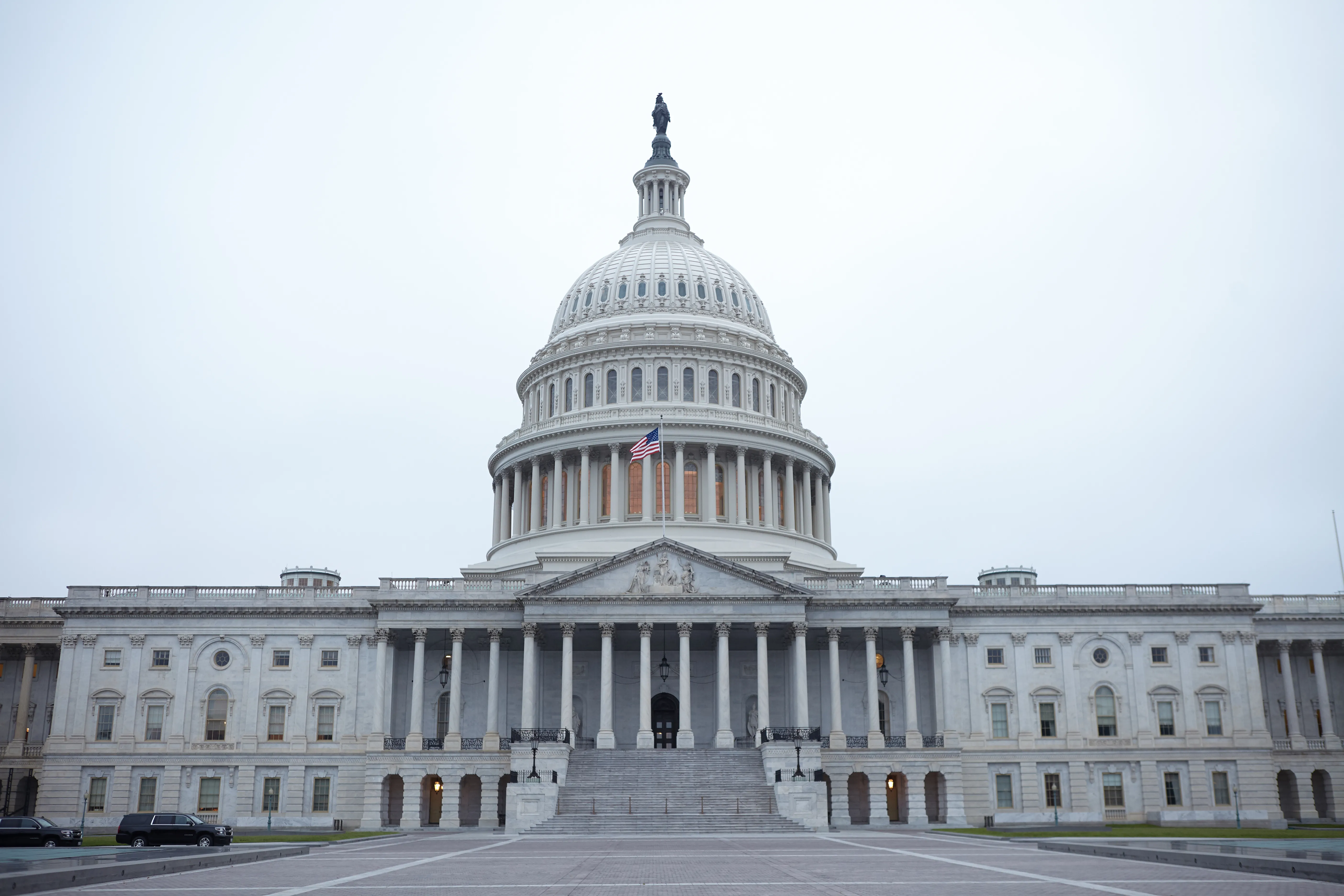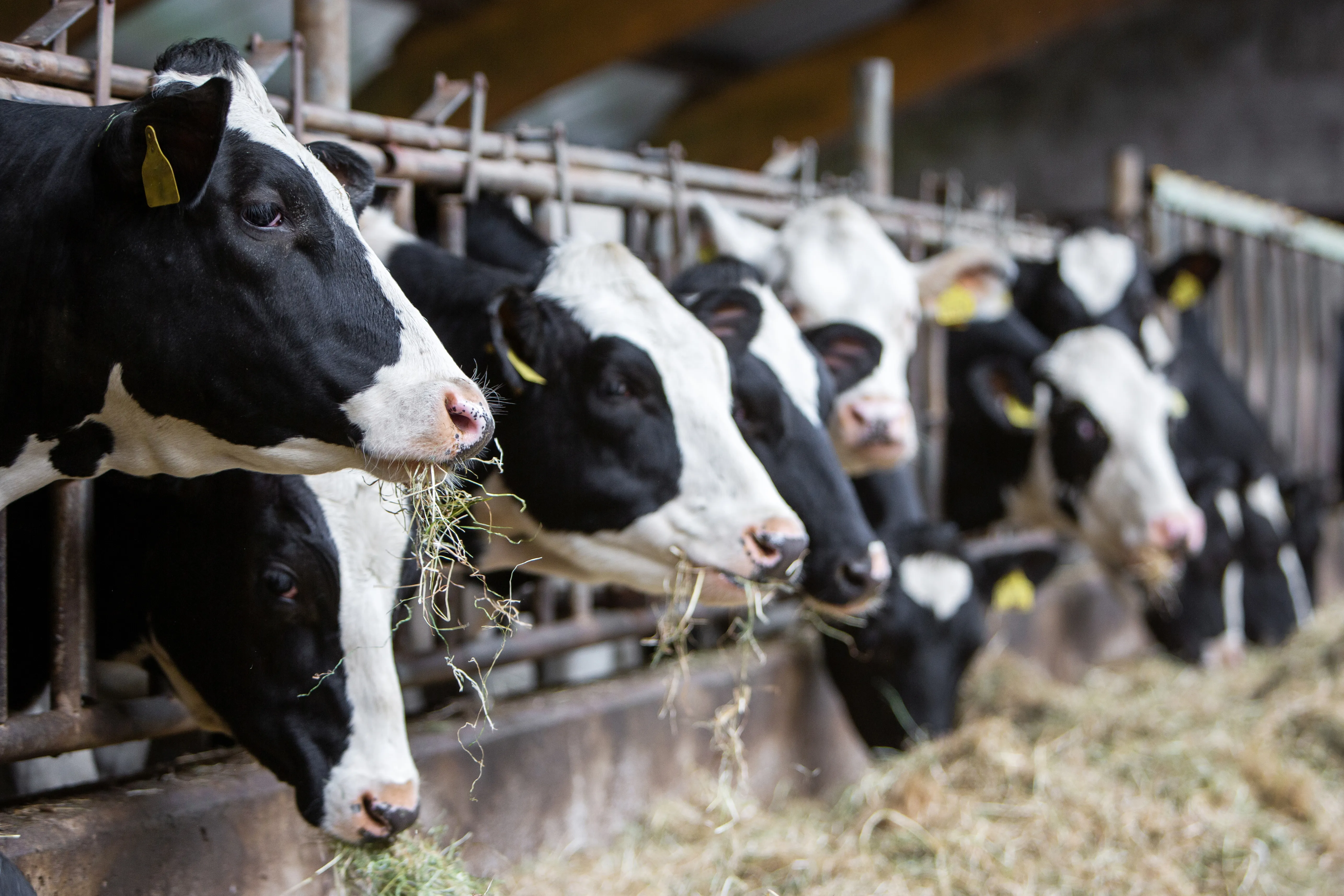
Kansas energy sector: renewable can co-exist with oil industry
(The Center Square) – Kansas is well-positioned to grow its workforce in the renewable energy sector.
More than 4,500 people are employed by clean energy jobs in Wichita, which has the most renewable energy jobs in the state. Kansas ranks 32nd in the nation for total clean energy jobs.
Josh Svaty, former Kansas secretary of Agriculture, said Kansas has long had workforce training programs to bring new jobs and opportunities to the energy sector.
"Renewable energy is an extension of the long-standing programs that have trained the energy workers of the previous generations," Svaty told The Center Square. "Moving forward, Kansas will continue to rely upon our strong twenty-plus community colleges that have the flexibility to adjust their training programs based on workforce needs. Continuing to fund K-12 education with a strong emphasis on STEM curriculum, as well as funding for community and technical colleges and higher education, will remain critically important to keeping an advanced and capable workforce able to compete in the 21st-century global energy economy."
Some worry the oil and gas industry will suffer as the state transitions to this new focus. Svaty said this is not the case. Renewables aren’t ‘competing’ with oil and gas but can work alongside or coexist with traditional energy, he said.
"There are several renewable energy projects in Kansas producing power which coexist with operating oil and gas fields,” Svaty said. “Growing the renewable energy industry in Kansas is not a zero-sum game with oil and gas. Both are segments of the all-important energy economy in Kansas."
Investing in renewable energy is an investment in rural Kansas, Svaty said.
"A rural county will often never, ever have the chance for that scale of investment again," Svaty said, referring to renewable infrastructure that is usually valued at hundreds of millions of dollars. "Those dollars have an impact across the region - local cement providers and aggregate producers will book more business during a ten-month wind farm construction than they would typically in five or even ten years. Restaurants that exist off an unchanging local clientele suddenly are filled with construction contractors that have money to spend. State lawmakers, using all the power of legislation, could never devise a method to bring that much investment into our most rural counties."
Svaty said that economic benefits will be seen across the state.
"The opportunity for new growth and investment doesn’t just occur in one area of the state," Svaty said. "Urban areas see as many new jobs as rural areas in the new energy economy, but with a different skill set. Further, many mid-size communities are enjoying the economic opportunities of hosting new manufacturing, component part suppliers, logistics centers, or maintenance or refurbishment businesses."
















